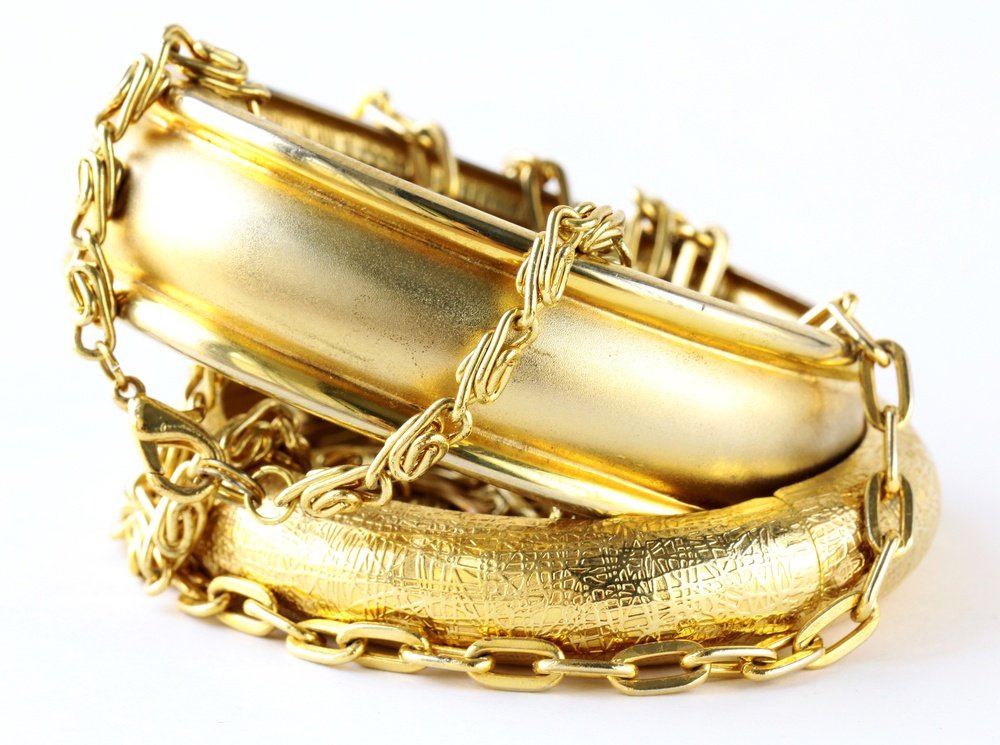Comprehending the Financial Effects of Fees and Fees in Au Purchasing and Secured Lending Transactions
Comprehending the Financial Effects of Fees and Fees in Au Purchasing and Secured Lending Transactions
Blog Article
Gold has been a prized asset for ages, serving as a form of monetary exchange, investment, and ornamentation. When acquiring or pledging gold, it is essential to comprehend the monetary implications of different fees and costs that can affect the total cost and worth of the transaction. These fees can substantially affect how much cash one receives when pawning gold or how much is paid when purchasing it. Being aware of these charges can aid consumers make informed choices and prevent unexpected costs.
When buying gold, buyers should look out for several types of charges. One frequent fee is the markup, which is the difference between the wholesale price and the consumer price. Sellers often add a markup to cover operational costs and profit margins. Additionally, there may be sales tax imposed during the transaction, depending on local laws. Consumers should also consider other possible charges, such as delivery fees if the gold is being shipped. Understanding these costs in advance can prevent unexpected fees and help buyers budget properly.
Pledging gold also comes with its own range of fees and charges. Pawn establishments typically charge interest on loans backed by gold goods. The interest rate can vary significantly among different pawn shops, so check it is important to compare rates to find the most favorable deal. There may also be storage fees if the pledged gold is kept for an extended period. Furthermore, pawn shops may levy fees for appraisals or administration the loan, which can add to the total cost. Knowing these fees can help people make better monetary decisions when pawning their gold.
Another crucial factor to take into account is the weight and quality of the gold being bought or pledged. The value of gold is established by its present market price, which fluctuates based on financial conditions, demand, and availability. Additionally, gold items are often evaluated in karats, which indicates the fineness of the metal. Higher quality gold typically commands a greater price. Understanding how these factors affect the monetary outcome of gold transactions is important for consumers, as they can influence the fees levied and the ultimate amount received or paid.
In conclusion, being informed about the fees and costs associated with purchasing and you could try this out pawing gold can lead to smarter monetary decisions. Whether buying gold for investment or pawning goods for rapid cash, people should take the time to research and comprehend the various costs associated. This knowledge can help consumers navigate the challenges of gold transactions and ensure they optimize their monetary returns while minimizing unnecessary expenses.